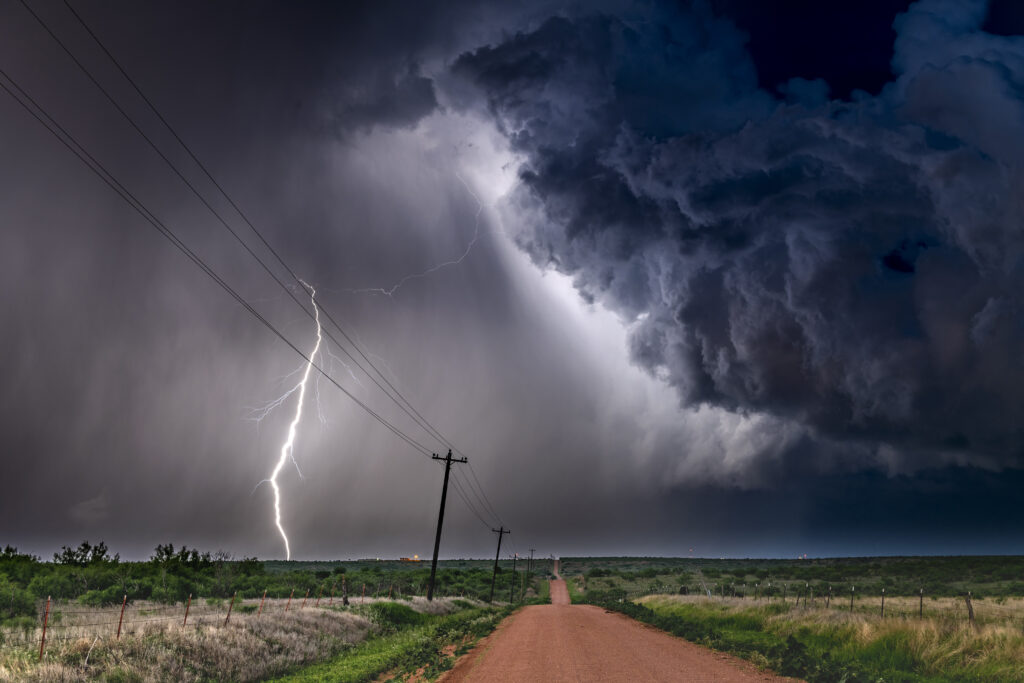Upcoming events – Winter 2023
Learn more about upcoming events and workshops that LGIS are taking part in.

Cost of living, financial sustainability, climate change and cyber risks have appeared in the top 10 concerns for local government CEOs and global leaders. Reports confirm the experiences of Western Australian local government leaders who, when assessing their organisations’ risks and planning for the future, grapple with the same issues. From a WA perspective, people risks are also a top priority, recognising the issues currently faced by the sector in recruiting and retaining quality staff.
The World Economic Forum’s (WEF) 18th annual Global Risks Report released early this year highlighted cost of living crisis and extreme weather events as the top global risks. Meanwhile, the 2022 JLT Public Sector Risk Report, highlighted financial sustainability, cybersecurity, asset and infrastructure, business continuity, and disaster/catastrophic events as the top five risks affecting local governments across Australia.
The connection between natural catastrophes and financial sustainability in both reports illustrates the complexity and interconnectedness of risk identification and management for local governments as they endeavour to support and serve their community.
Learn more about upcoming events and workshops that LGIS are taking part in.
Treadmill desks have become a topic of increased curiosity; they’re all over social media with millions of views, especially after the work from home culture kicked in.
Having fitness for work conversations can be confronting and challenging for both leaders and workers as they may involve questions of personal health (mental or physical), uncertain outcomes, sensitive topics and strong emotions. As challenging as they are, they are a vital tool for effective people management.
197 local government CEOs and general managers contributed to the 2022 JLT Public Sector Risk Report, providing their perspective on the greatest risks for the sector at this time.
Through 2019 to 2021, Australia experienced disruption and impacts from bushfires, cyclones and the pandemic. During 2022 the impact of La Nina brought new challenges for local governments, with flood events impacting across four different states. These disasters demonstrated how risks, such as financial sustainability, assets and infrastructure, and business continuity are interconnected.
The perennial ‘number one risk’ for the sector. Financial constraints to invest in the future and manage community expectations has been a common theme.
With two major attacks on organisations gaining personal client data, the focus is now on how to protect constituent data.
With several major disasters and catastrophic events in 2022, the impact on aged infrastructure is a serious concern.
The events of the past three years have impacted business continuity. Well-crafted and implemented business continuity plans can help members efficiently restore normal service.
Continuing floods in some regions have showcased disasters and catastrophes never seen in Australia. Communities have not been able to recover before a major event has occurred again.
In Western Australia, the picture was a bit different. WA was the only state to see human resources in the top three risks, echoing the unique challenges in our state and the reduced impact of recent natural disasters in comparison to the east coast.
The 2022/23 Risk Survey had 197 respondents, of which 19% were from Western Australia.
The top five risks for WA include:
The Australian Local Government Association (ALGA) reported in September 2022 that around nine in 10 Australian local governments are now experiencing skill shortages – an increase of 30% in four years and two thirds of councils have had local projects impacted or delayed as a result. This will be a major issue to keep a watch on in the near future.
The global research outlines four principles of preparedness that are important for government and business entities to implement for better handling of future risks.
The first task of foresight is to identify future developments, risks and opportunities. Another step to enhance risk foresight is to explore dynamics of change, to map interconnections between risks, including dependencies between critical systems.
For better planning and preparedness, local governments must de-anchor risk prioritisation from shorter-term incentives. Leaders and councils need to embrace complexity and adopt a dual vision that more effectively balances current crisis management with a longer-term lens.
Actions taken to address current challenges should, at a minimum, avoid exacerbating future risks. As risks become more intertwined, preparedness also needs to become more of shared responsibility between sectors, with local and national governments, business and civil society each playing to their strengths.
Greater collaboration across governments and between states, in terms of coordinated funding, research and data sharing, is critical to help identify weak signals of emerging threats at both a state and level. In a complex risks outlook, there must be a better balance between local preparedness and state and national cooperation. We need to act together, to shape a pathway out of cascading crisis and build collective preparedness to the next global shock, whatever form it might take.
For more information on building strategies to mitigate your risks, please talk to the LGIS risk team or get in touch with your account manager.

Local governments face a range of challenges when managing their people, avoiding injury and reducing workers’ compensation claims. Like many industries, the sector is managing an ageing workforce and an increase in chronic issues such as obesity, heart disease, and mental illness.

A major return to work barrier, following a long absence due to an injury or health concern, is a worker’s ability to keep up with the
physical demands of the role. Every job role has a unique footprint that requires different physical and cognitive capabilities.

Businesses worldwide are experiencing the effects of the highest inflation rate in a
generation. WA local governments need to consider inflationary pressures when valuing both their property and motor assets so that they can be confident that if disaster strikes, your protection will be adequate to appropriately respond.
LGIS is the unifying name for the dedicated suite of risk financing and management services for WA local governments, established by the WA Local Government Association in conjunction with JLT Public Sector (part of the Marsh group of companies). LGIS is managed by JLT Public Sector (ABN 69 009 098 864 AFS Licence 226827).
Risk Matters, via this website, is designed to keep members, their staff and elected members informed on topical risk management and insurance issues and LGIS programs and services.